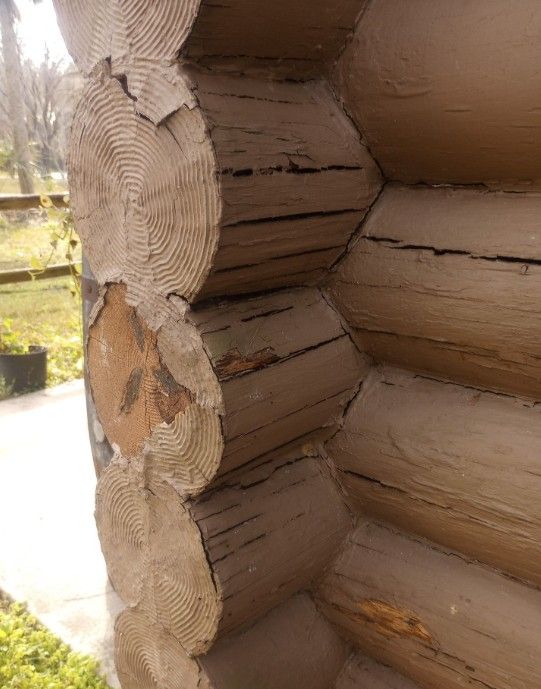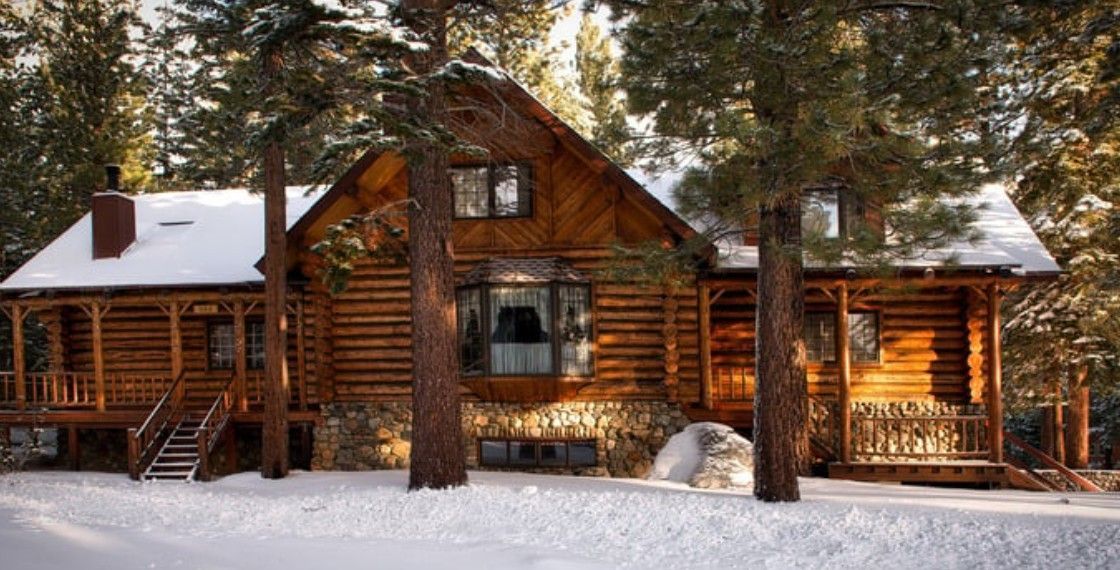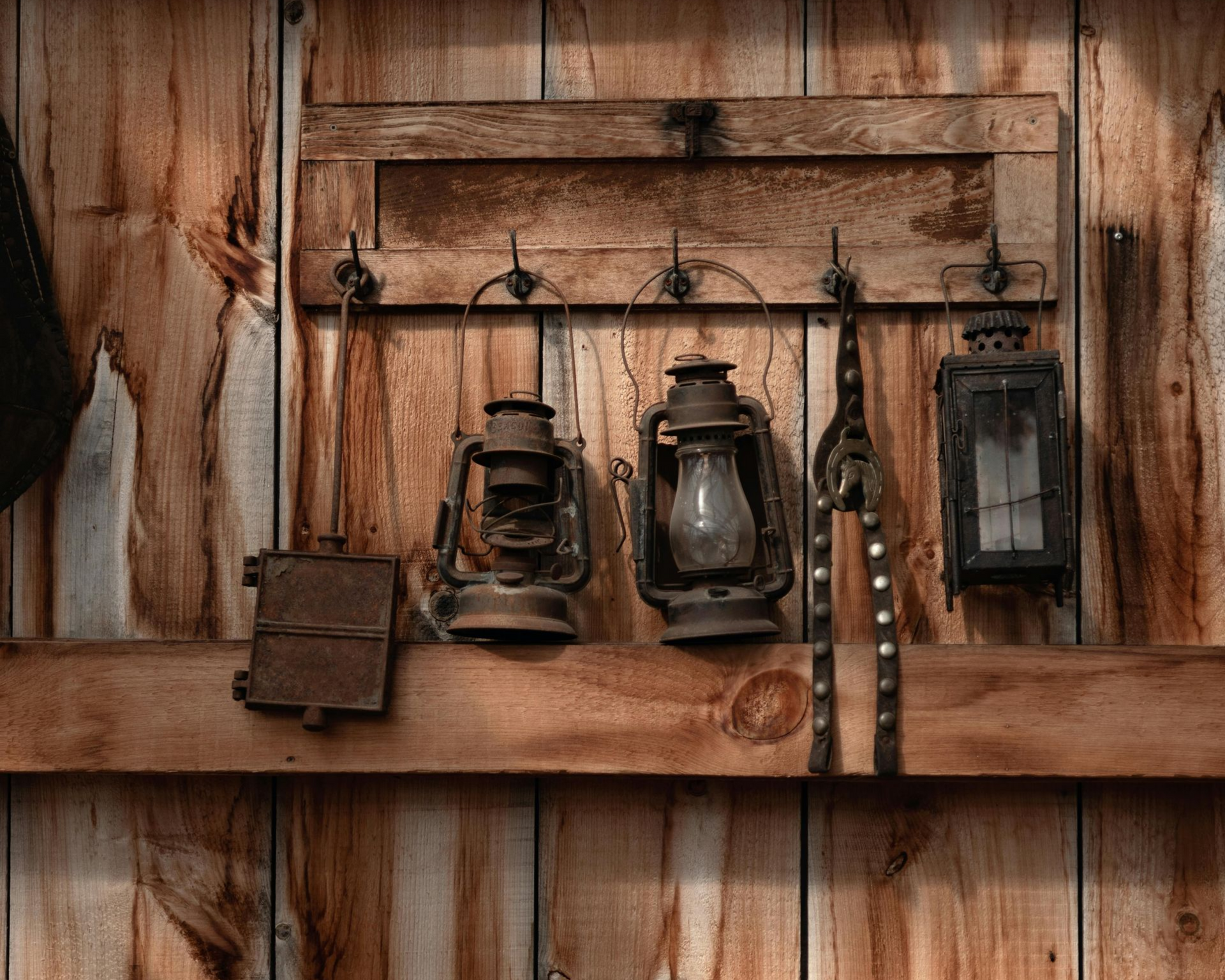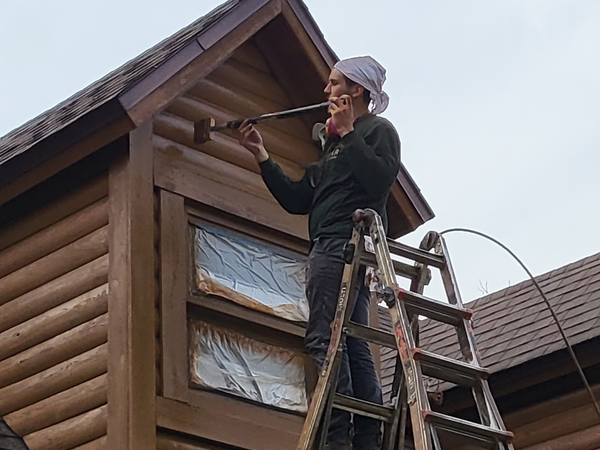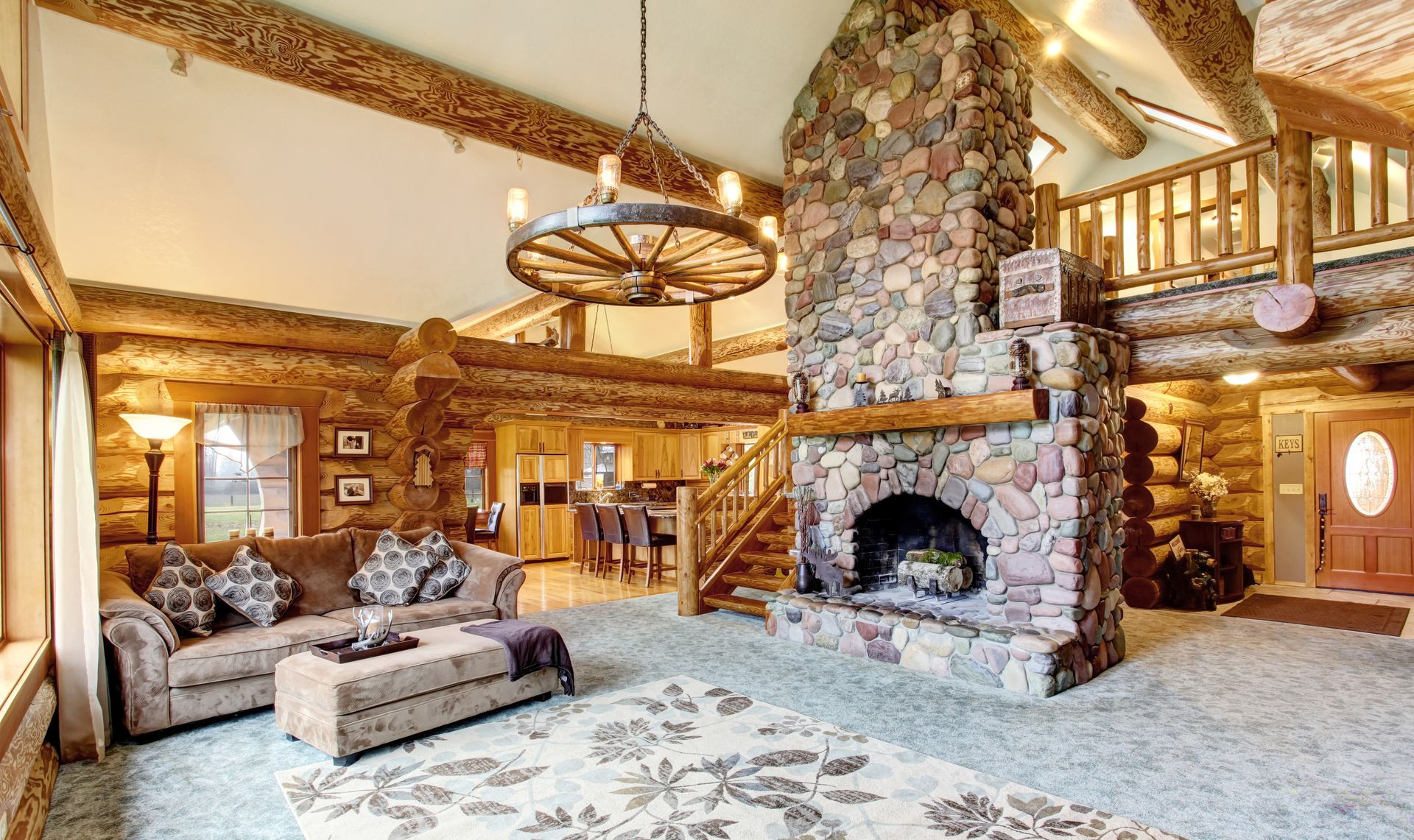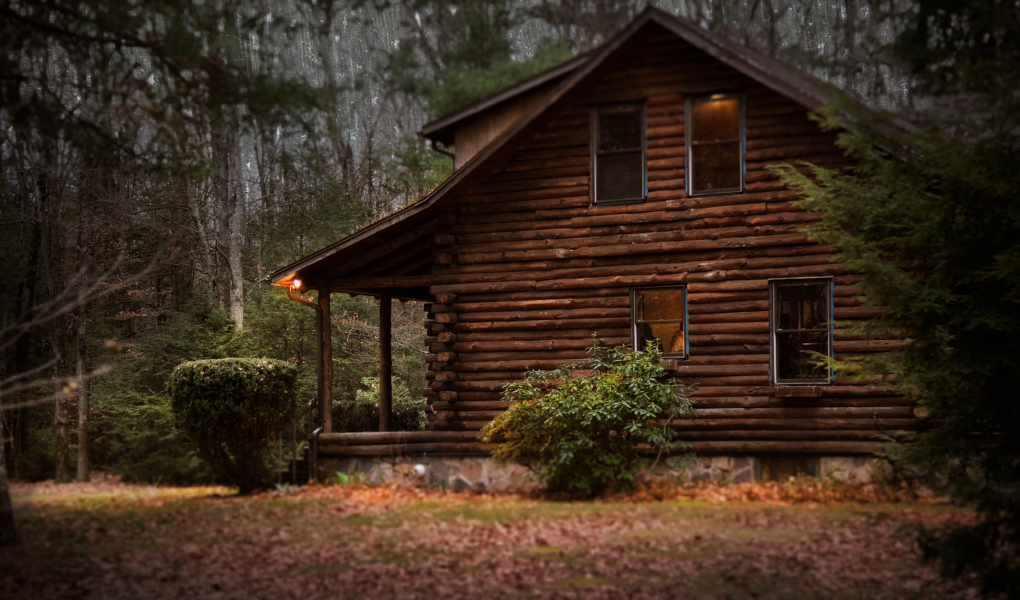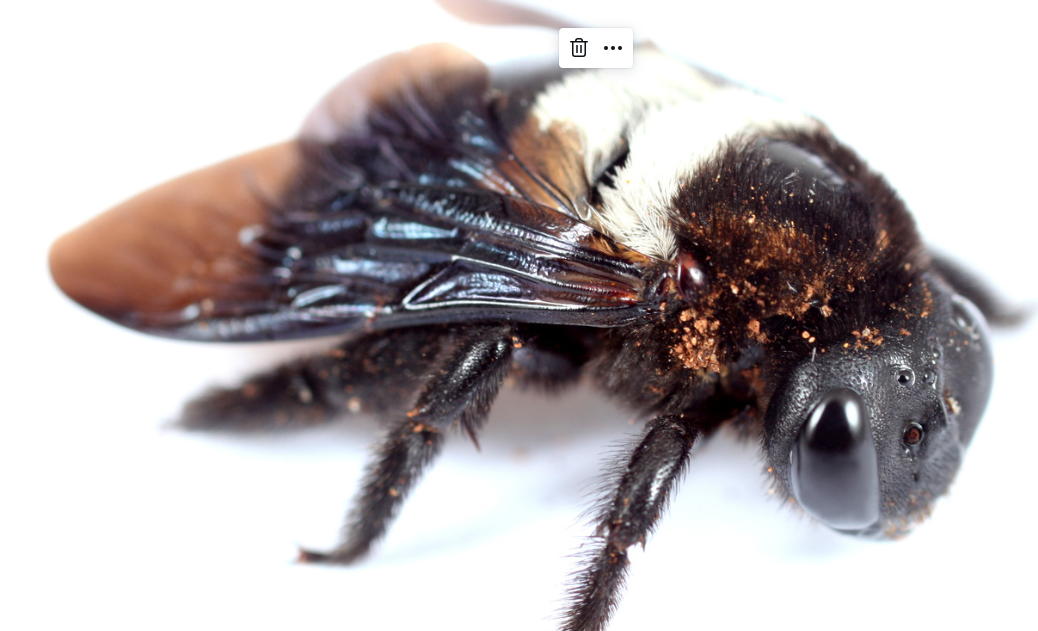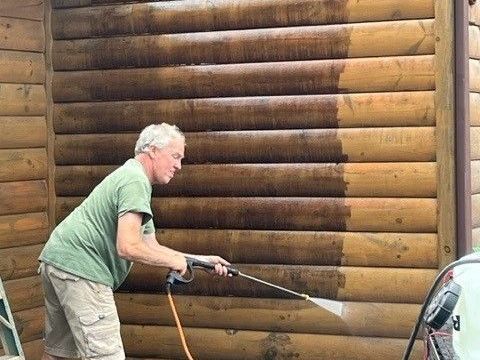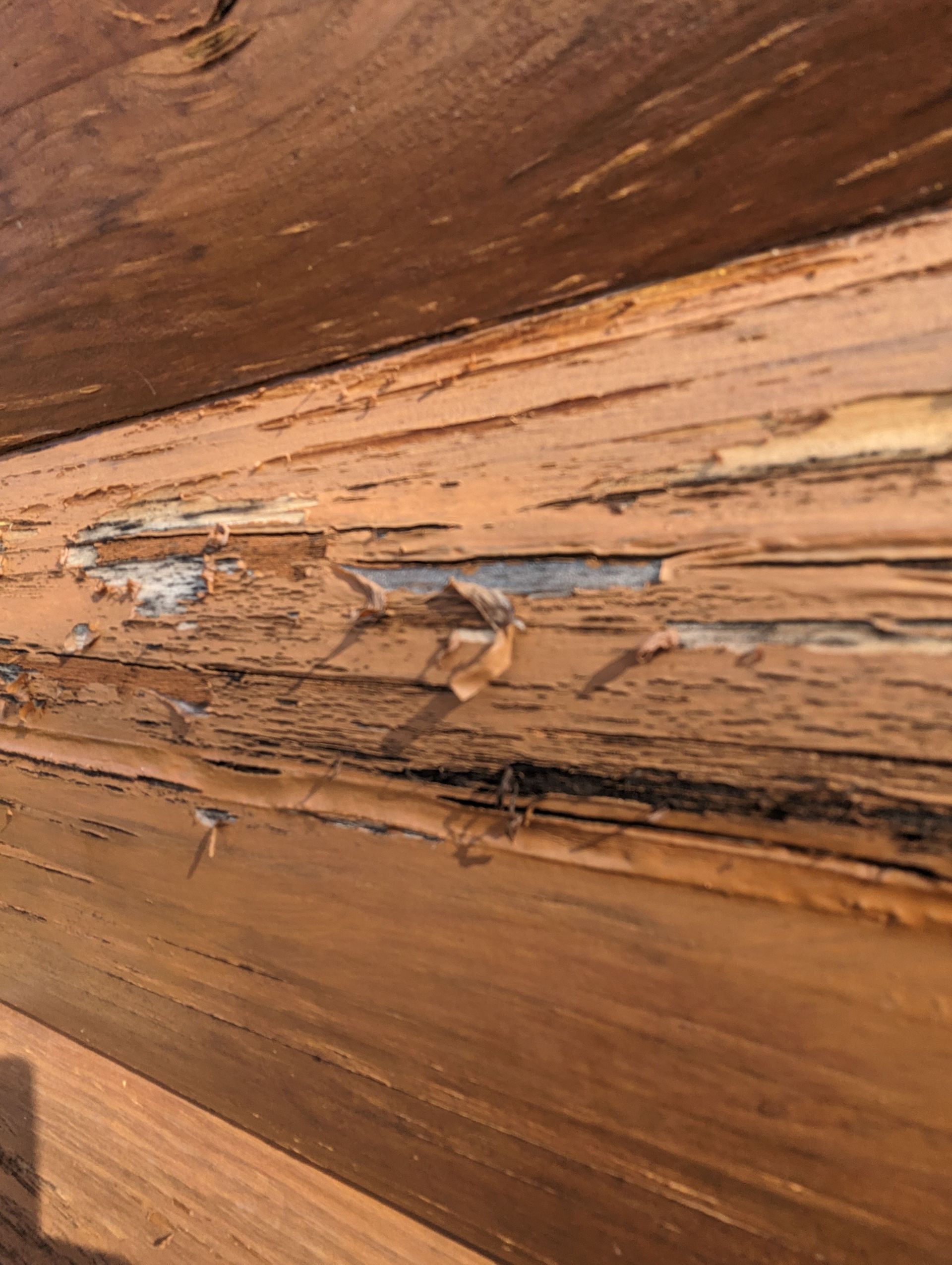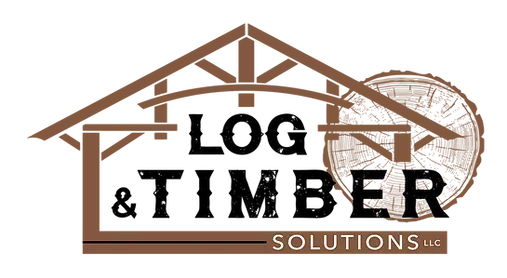Caulking vs. Chinking: What’s the Difference?
If you own a log cabin, you've likely heard about caulking and chinking. These terms are often used interchangeably, but they serve distinct purposes in log home care. Think of them as the unsung heroes that protect your home from the elements, keeping it cozy and structurally sound. But how do you know which one you need, or if your cabin even has the right materials applied? Let's clear up the confusion and explore their differences, proper applications, and annual cabin maintenance service.
What Is Caulking?
Caulking is a flexible, rubbery sealant commonly used in construction to fill small gaps or seams. When it comes to log cabins, caulking seals the tight spaces between logs where chinking might not be appropriate. This material is elastic enough to withstand mild expansion and contraction caused by changing temperatures or humidity.
How It Works for Log Cabins
Caulking is applied as a single bead (or line) to create an airtight and watertight seal. Unlike chinking, which is more visible, caulking is used to blend seamlessly with the logs. It’s typically applied:
- Around windows and doors to prevent drafts.
- Along small seams (less than ¾”) between logs in cabins, where the logs are tightly fitted.
- Modern caulks are made with polymers that provide elasticity and durability, making them resistant to cracking and shrinking over time.
What Is Chinking?
Chinking, on the other hand, is a much thicker material that's historically been used to fill the larger gaps (¾”-8”) between logs in traditional log homes. Picture the snug, white space between logs in a classic frontier-style cabin…that's chinking. While older cabins used mud, straw, or clay for this purpose, modern chinking materials are synthetic and highly durable.
How It Works for Log Cabins
Modern chinking gives your log home a rustic charm while providing significant protection. It fills in the intentional gaps between logs to:
- Create a strong but slightly flexible barrier against air and moisture.
- Allow for seasonal movement in log structures, adapting as the wood expands or contracts.
Chinking is also designed to remain visible as part of the log cabin’s overall aesthetic, adding to that quintessential rustic look.
Caulking vs. Chinking: Key Differences
Now that we’ve defined caulking and chinking, it’s time to compare the two directly:
Purpose:
- Caulking is for sealing smaller, tighter joints and seams to create an invisible, waterproof barrier.
- Chinking is for larger gaps where a visible, aesthetic sealant is needed.
Material Properties:
- Caulking is flexible and evaporates into a smooth, nearly invisible finish.
- Chinking is much thicker with a textured look that remains a visual feature of the home.
Application Areas:
- Caulking is used around windows, doors, and minor gaps.
- Chinking is applied to larger gaps between logs in traditional log cabins.
Aesthetic Impact:
- Caulking blends with the logs for a seamless finish.
- Chinking creates a distinct, visible contrast feature between logs, adding charm.
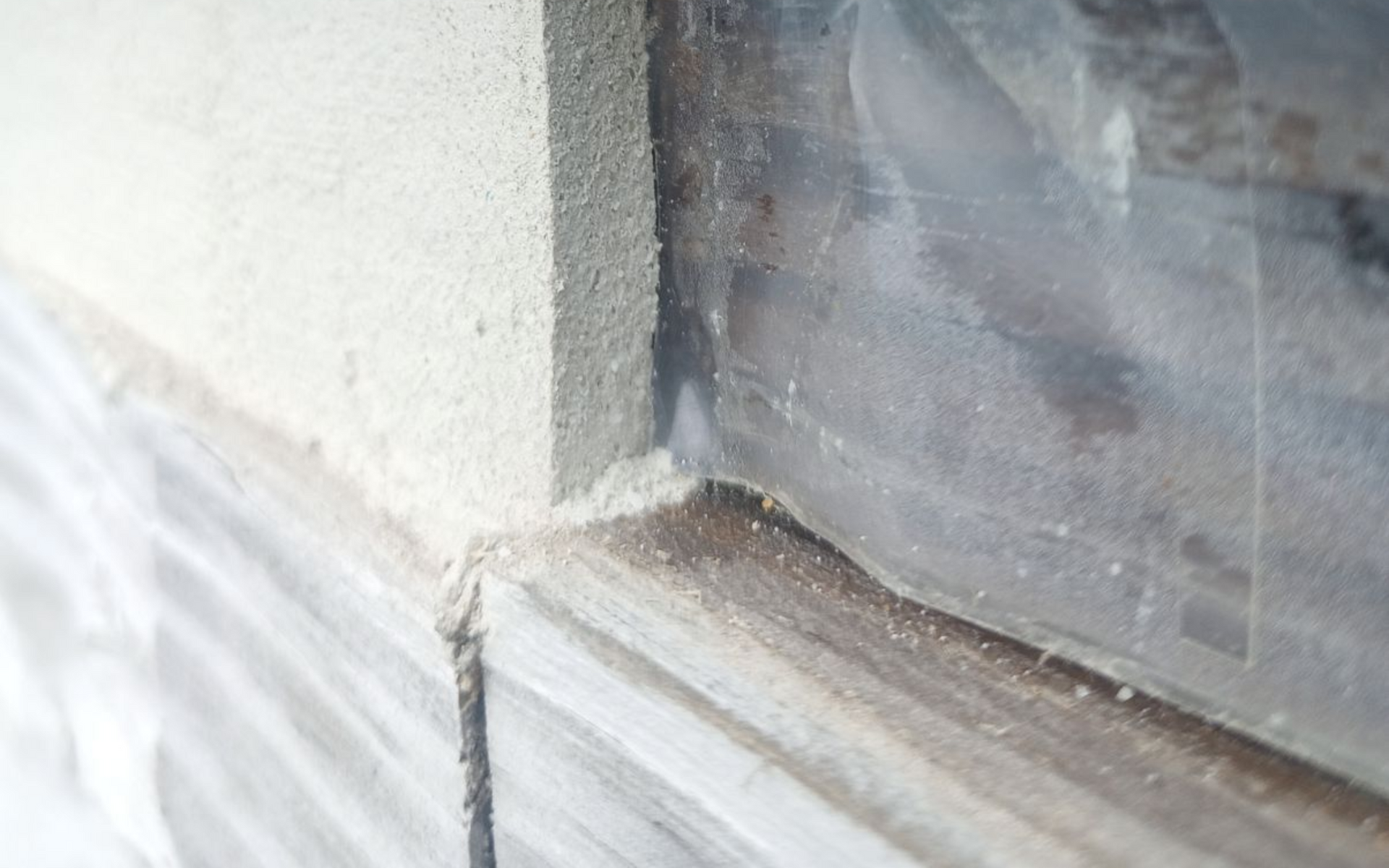
When to Use Caulking or Chinking
Choosing between caulking and chinking depends on your cabin’s design, construction style, and maintenance needs.
Use Caulking When:
- Your cabin has milled, tightly fitted logs that form small seams.
- Aesthetic concerns call for a seamless finish.
- You need a watertight seal for windows, doors, or minor cracks.
Use Chinking When:
- Your cabin has handcrafted or traditional logs with larger gaps.
- You want to maintain the rustic look of a classic log home.
- Seasonal log movement requires a flexible material to accommodate expansion and contraction.
Tips for Application and Maintenance
Both caulking and chinking require proper application to function effectively. Here’s how to keep them at their best:
Application Tips
- Surface Preparation: Clean and dry the area before application. Remove old sealants or debris if necessary.
- Choose the Right Material: Use products specifically designed for log homes. General-purpose caulks or chinking substitutes won’t hold up over time.
- Follow Manufacturer Instructions: Each product has specific guidelines for curing times, layering, and environmental conditions.
- Practice Patience: If you’re new to applying these materials, practice smoothing caulk lines or layering chinking to achieve consistent results.
Maintenance Tips
- Regular Inspections:
Check your caulking and chinking annually for signs of cracking, peeling, or gaps. - Repair Promptly:
Even a small failure in these seals leads to drafts, water intrusion, log rot, and increased energy costs. - Clean as Needed:
Dirt and mildew accumulate over time, affecting performance. Use a gentle cleaner to keep the materials in good condition.
Addressing Common Pain Points
Many homeowners hesitate to deal with caulking or chinking due to perceived complexity or fear of doing it incorrectly. Here’s how you can overcome these concerns:
- Fear of Maintenance Costs:
While a professional application might seem costly upfront, the investment saves you from expensive repairs caused by water damage or rot. - DIY vs. Hiring Professionals:
Applying caulking to windows or doors can be a manageable DIY task. However, chinking large gaps often requires specialized tools and training to achieve long-lasting results.
Your Partner in Log Cabin Care
Both caulking and chinking play critical roles in preserving the integrity and beauty of your log cabin. Understanding their differences and uses will keep your home visually stunning and equipped to withstand the elements. Whether you’re sealing small gaps with caulking or maintaining the rustic appeal of your cabin with chinking, paying attention to these details will help make your log cabin a lifelong retreat.
Need professional help or advice? At Log & Timber Solutions, we specialize in all aspects of log cabin care, including caulking and chinking. Our experts use top-quality materials and techniques to guarantee your home stays protected and beautiful. Contact us today for an inspection or consultation, and keep your log home in peak condition for years to come.
FAQs
What is the best way to choose between caulking and chinking for my log cabin?
The best way to decide between caulking and chinking is by assessing the size of the gaps in your logs and the aesthetic you want to achieve. If your logs are tightly fitted and only small seams are present, caulking is ideal for creating an invisible, seamless barrier. For larger gaps or to spruce up your cabin's rustic charm, chinking is the preferred option. It’s also smart to consider your local climate and consult with a professional to maintain durability and effectiveness.
How often should I inspect or reapply caulking or chinking to maintain my log cabin?
Regular inspections are key to keeping your caulking and chinking in top shape. Check these areas annually, especially before seasonal changes, for signs of cracking, peeling, or gaps. While modern materials are built to last, high-traffic areas or exposure to harsh weather might require touch-ups more frequently. Promptly addressing any issues will save you from more significant repairs down the road.

